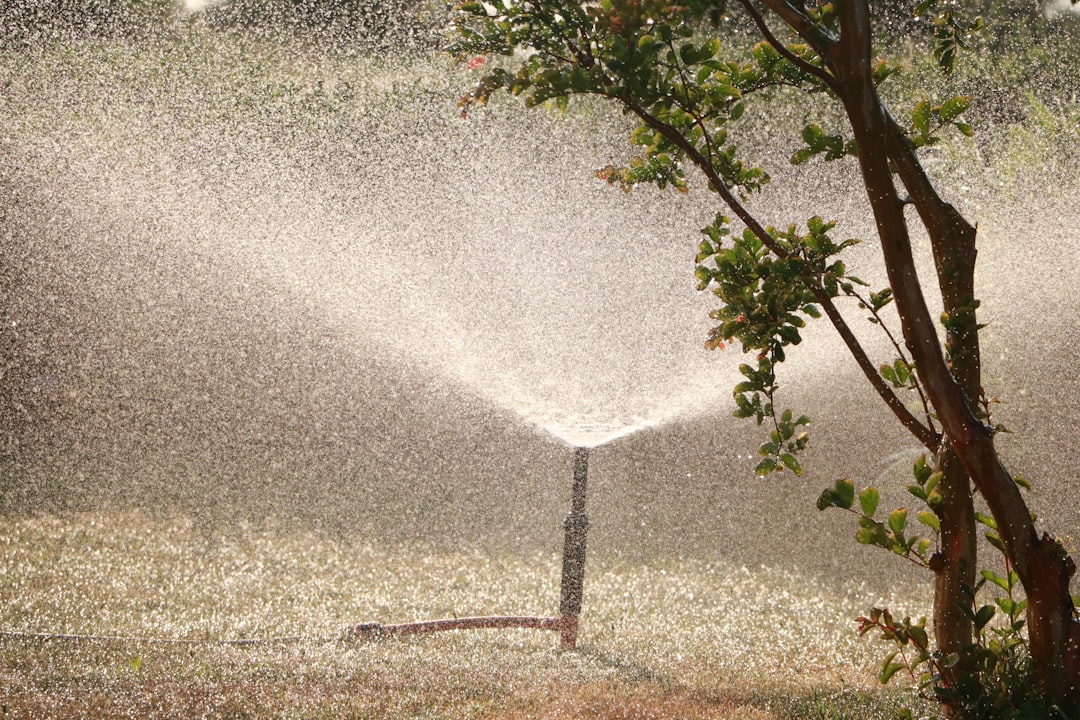Understanding the best irrigation method for a particular farm is a crucial aspect of modern agriculture. With water scarcity and the need for efficient water use becoming increasingly important, knowing the differences between surface, sprinkler, drip, and subsurface irrigation can help farmers select the right system for their specific crop needs and environmental conditions. In this blog post, we explore the nuances of each method, highlighting their advantages, limitations, and optimal applications.
Surface Irrigation
What It Is
Surface irrigation is one of the oldest and most traditional methods of watering crops. It involves the distribution of water over the soil surface by gravity. Common techniques include furrow, border, and basin irrigation.
Advantages
-
Simplicity and Low Cost: Surface irrigation systems are generally less expensive to install and require minimal technological infrastructure.
-
Uniform Distribution for Certain Crops: For field crops that are tolerant of varying moisture levels, surface irrigation can provide sufficiently uniform water distribution when managed carefully.
-
Less Energy Intensive: Because it relies on gravity, there is typically a lower energy requirement compared to some high-pressure systems.
Limitations
-
Inefficiency in Water Use: Much of the water may be lost to evaporation or runoff if the field is not properly leveled or designed.
-
Labor and Management: Surface irrigation often requires careful field preparation and regular maintenance to ensure even water application.
-
Not Ideal for All Soil Types: Soils with low infiltration rates can lead to waterlogging, while sandy soils may drain too quickly.
Sprinkler Irrigation
What It Is
Sprinkler irrigation is a method where water is distributed through a system of pipes by high pressure and sprayed into the air through sprinklers. This method mimics natural rainfall.
Advantages
-
Flexibility: Sprinkler systems can be used on a variety of crops and different terrain types, even on uneven or sloping lands.
-
Efficiency Improvements: Modern sprinkler systems often come with controllers and pressure regulators to reduce water waste.
-
Reduced Labor Costs: Automated systems can be scheduled and controlled remotely, reducing the need for manual intervention.
Limitations
-
Evaporative Losses: Since water is applied above the canopy, evaporation loss can be substantial, particularly in hot and windy conditions.
-
Wind Drift: Fine droplets may be carried away by the wind, resulting in uneven water distribution.
-
Energy Requirements: Sprinkler systems usually require pumps and pressurization, which may increase energy costs.
Drip Irrigation
What It Is
Drip irrigation, also known as micro-irrigation, delivers water directly to the root zone of the plants through a network of tubing and emitters. This method targets water application precisely where it’s needed.
Advantages
-
High Water Efficiency: Drip irrigation minimizes evaporation and runoff by delivering water directly to the soil near plant roots.
-
Reduced Weed Growth: With water applied only to the crop root zone, there is less moisture available for weed germination.
-
Enhanced Crop Health: Providing a consistent moisture level helps to maintain optimal growing conditions, potentially leading to better yields.
Limitations
-
Installation Cost: Drip systems often require a higher initial investment, including the cost of tubing, emitters, and filtration systems.
-
Maintenance Requirements: These systems are susceptible to clogging by sediments and require regular maintenance and filtration.
-
Limited for Overhead Irrigation: Drip systems are not as effective in situations where crops require moisture over the entire plant canopy.
Subsurface Irrigation
What It Is
Subsurface irrigation involves delivering water below the soil surface through buried emitters or porous materials. This technique is particularly suited to regions where evaporation is a significant concern.
Advantages
-
Evaporation Reduction: By applying water directly to the root zone underground, subsurface systems greatly reduce evaporation losses.
-
Fewer Weed Problems: Since the surface remains drier, weed germination is minimized, reducing the competition for water and nutrients.
-
Consistent Moisture: Subsurface irrigation provides a steady supply of water, which can be particularly beneficial during dry spells or for deep-rooting crops.
Limitations
-
Higher Initial Costs: Installation of subsurface systems is typically more complex and costly, often involving significant soil preparation.
-
Monitoring and Maintenance Challenges: Detecting and repairing problems such as clogs or leaks can be difficult once the system is buried.
-
Crop Specificity: Not all crops may be suitable for subsurface irrigation, especially those that benefit from periodic surface wetting.
Choosing the Right Irrigation Method
Factors to Consider
When selecting an irrigation system, factors to consider include:
-
Water Availability and Cost: Limited water resources might favor drip or subsurface systems due to their high efficiency.
-
Crop Type and Root Structure: Deep-rooted crops might perform better with systems that deliver water to deeper soil layers.
-
Soil Characteristics: Soil texture, structure, and permeability play critical roles in determining the most effective irrigation method.
-
Terrain and Field Size: The land's topography can influence system design—hilly or uneven terrain may require sprinklers, while flat fields might be best suited to surface or drip irrigation.
-
Initial Investment vs. Long-term Benefits: Consider the balance between the upfront costs of installation and the operational savings over time.
Practical Considerations
Farmers can also benefit from integrating multiple irrigation methods. For example, using drip irrigation for high-value crops while applying sprinkler irrigation to larger areas can optimize overall water use and system efficiency.
Conclusion
Understanding the different irrigation methods—surface, sprinkler, drip, and subsurface—is key to effective water management in agriculture. Each method offers unique advantages and faces distinct challenges, making the choice highly dependent on local conditions, crop requirements, and resource availability. By carefully evaluating these factors and possibly integrating more than one technique, farmers can create irrigation systems that maximize water use efficiency, reduce costs, and contribute to sustainable and resilient agriculture.
In a world where water resources are increasingly precious, selecting the right irrigation method is not just a technical decision—it’s a critical component of ensuring food security and environmental sustainability for future generations.

Comments
No comments yet. Be the first to comment!
You must be logged in to comment. Login